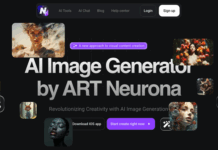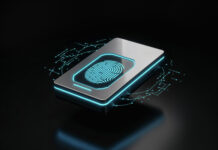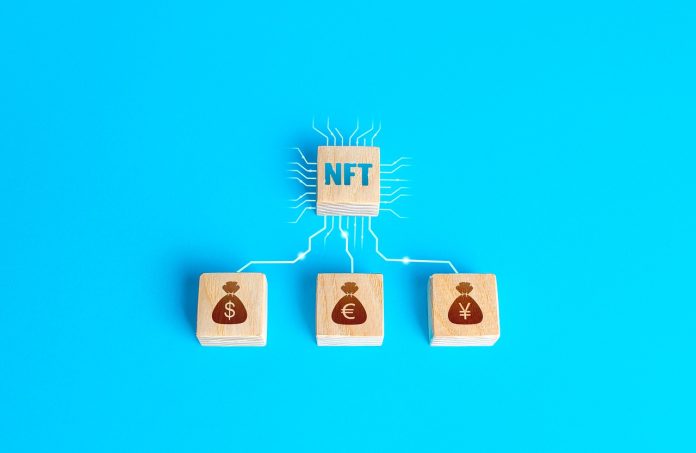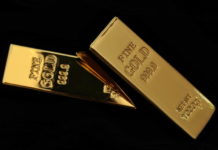You probably heard about non-fungible tokens (NFTs) if you’re an artist, a digital content producer, or a collector. Non-fungibles gained popularity on the internet recently, with hundreds, if not thousands of NFTs generated every day. The internet is also chock-full of stories about people making a fortune by buying and selling these assets. But the most pressing question on everyone’s mind is, “What are NFTs, and how do NFTs work?” In this simple guide to NFTs, you find the answers to these questions, as well as answers to other related questions.
What Are NFTs?
So, what are NFTs? In short, NFTs are digital assets that are unique and not interchangeable. This contrasts with cryptocurrencies like Bitcoin, which are fungible, meaning each coin is the same as any other coin.
To better understand this, look at an analogy. Say you have two pieces of art hanging on your wall. One is a print of a painting, while the other is the original painting itself. The print is fungible because each print is identical to every other print. The original painting is non-fungible because it is unique and not interchangeable with any other painting.
To put it technically, a non-interchangeable digital asset used to represent real-world items like videos, audio files, works of art, music, games, GIFs, tweets, and other types of digital content is referred to as a non-fungible token.
You may also produce your own NFTs with an AI art creator or generator such as VQGAN+CLIP. This allows you to build unique artwork based on a short text prompt that is then minted into NFTs. So, if you have any thoughts that you want to transform into and sell as a non-fungible token, to speed up the creation of an NFT, use an NFT generator!
How Do NFTs Work?
Now that you know what NFTs are, how do they work? To understand how they function, you must first understand the concept of a blockchain. A blockchain is a digital ledger that keeps track of all transactions occurring on the network. It is decentralized, which means that it is not stored in one central location. Instead, it distributes across a network of computers, making it tamper-proof.
Each transaction on the blockchain verifies by nodes, which are computers that run the software required to maintain the blockchain. The verification process ensures that all transactions are valid and that no one spends the same currency twice.
Once a transaction verifies, it adds to the blockchain as a block. The blocks then chain together, hence the name “blockchain.” This chained structure allows anyone on the network to view the entire history of all transactions taken place on the blockchain. Non-fungible tokens are created on top of blockchain networks.
A Popular NFT
The most popular blockchain network for NFTs is Ethereum. Ethereum is a decentralized platform that runs smart contracts. A smart contract is a piece of code that automatically executes transactions when certain conditions are met.
For example, say you have an online store that sells digital products. You create a smart contract that automatically delivers the product to the customer after they make a payment. This way, you reduce manual labor, and you ensure that the transaction goes through as long as the customer has enough ETH to pay for the product.
Ethereum is also the most popular blockchain network for NFTs because it supports ERC-721, which is a standard for non-fungible tokens. This standard defines how NFTs are created, stored, and transferred on the Ethereum blockchain.
The team behind the CryptoKitties game uses ERC-721. This game is one of the first games to use NFTs. In CryptoKitties, players buy, sell, or trade virtual cats. Each cat is an NFT that is stored on the Ethereum blockchain.
Since each cat is an NFT, each one is unique and cannot be replaced by another cat. This is what makes NFTs so special. They are one-of-a-kind and cannot be duplicated.
Conclusion
Non-fungible tokens are one of the more interesting things to come out of the blockchain space in recent years. While they are still in their early stages of development, it is interesting to see how they evolve and what new use cases arise for them. For now, NFTs remain a fun and novel way to collect and trade digital items. On top of that, it is truly mind blowing how much money people are willing to spend on NFTs. So, if you seek a new hobby, or just want to see what all the hype is about, then check out some of the popular NFT games and marketplaces!
Find a Home-Based Business to Start-Up >>> Hundreds of Business Listings.

















































